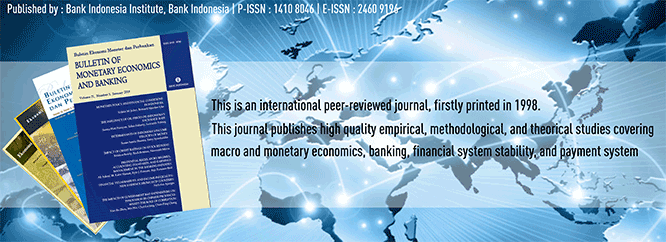
Document Type
Article
Abstract
In this study, we extend the literature analyzing the predictive content of commodity prices for exchange rates by examining the role of palm oil price. Our analysis focuses on Indonesia and Malaysia, the two top producers and exporters of palm oil, and utilizes daily data covering the period from December 12, 2011 to March 29, 2021, which is partitioned into two sub-samples based on the COVID-19 pandemic. Relying on a methodology that accommodates some salient features of the variables of interest, we find that on average the in-sample predictability of palm oil price for exchange rate movements is stronger for Indonesia than for Malaysia. While Indonesia’s exchange rate appreciates due to a rise in palm oil price regardless of the choice of predictive model, Malaysia’s exchange rate only appreciates after adjusting for oil price. However, both exchange rates do not seem to be resilient to the COVID-19 pandemic as they depreciate amidst dwindling palm oil price. Similar outcomes are observed for the out-of-sample predictability analysis. We highlight avenues for future research and the implications of our results for portfolio diversification strategies.
Recommended Citation
Salisu, Afees A. and Sikiru, Abdulsalam Abidemi
(2021)
"PALM OIL PRICE–EXCHANGE RATE NEXUS IN INDONESIA AND MALAYSIA,"
Bulletin of Monetary Economics and Banking: Vol. 24:
No.
2, Article 1.
DOI: https://doi.org/10.21098/bemp.v24i2.1620
Available at:
https://bulletin.bmeb-bi.org/bmeb/vol24/iss2/1
First Page
169
Last Page
180
Creative Commons License

This work is licensed under a Creative Commons Attribution-NonCommercial 4.0 International License
Country
Nigeria
Affiliation
University of Ibadan

